Queensland University ENN541: Research Methods Article Critique
VerifiedAdded on 2022/08/24
|5
|1296
|24
Report
AI Summary
This report presents a critique of the research article "A Novel Design Framework for Smart Operating Robot in Power System" by Qiang Wang et al. (2018). The article, published in IEEE/CAA JOURNAL OF AUTOMATICA SINICA, explores the application of machine learning and artificial intelligence (AI) to enhance power system control, particularly in the Tianjin Power System Control Center in China. The critique summarizes the article's introduction, which highlights the need for intelligent systems to address inefficiencies and human errors in manual operations. The summary delves into the research question of whether machines can control power systems, and details the methodology involving AI, SCADA, and machine learning to train a system to improve speed, efficiency, and reduce errors. The critique assesses the article's reliability, relevance, structure, and validity, noting the authors' expertise and the article's publication date. It evaluates the strengths, such as the focus on machine training and AI decision-making, while acknowledging limitations, such as the lack of detailed experimental data. In conclusion, the critique finds the article well-structured and informative, suitable for those interested in electrical engineering, SCADA, and AI in power systems. The report also includes the references used in the original article.
1 out of 5
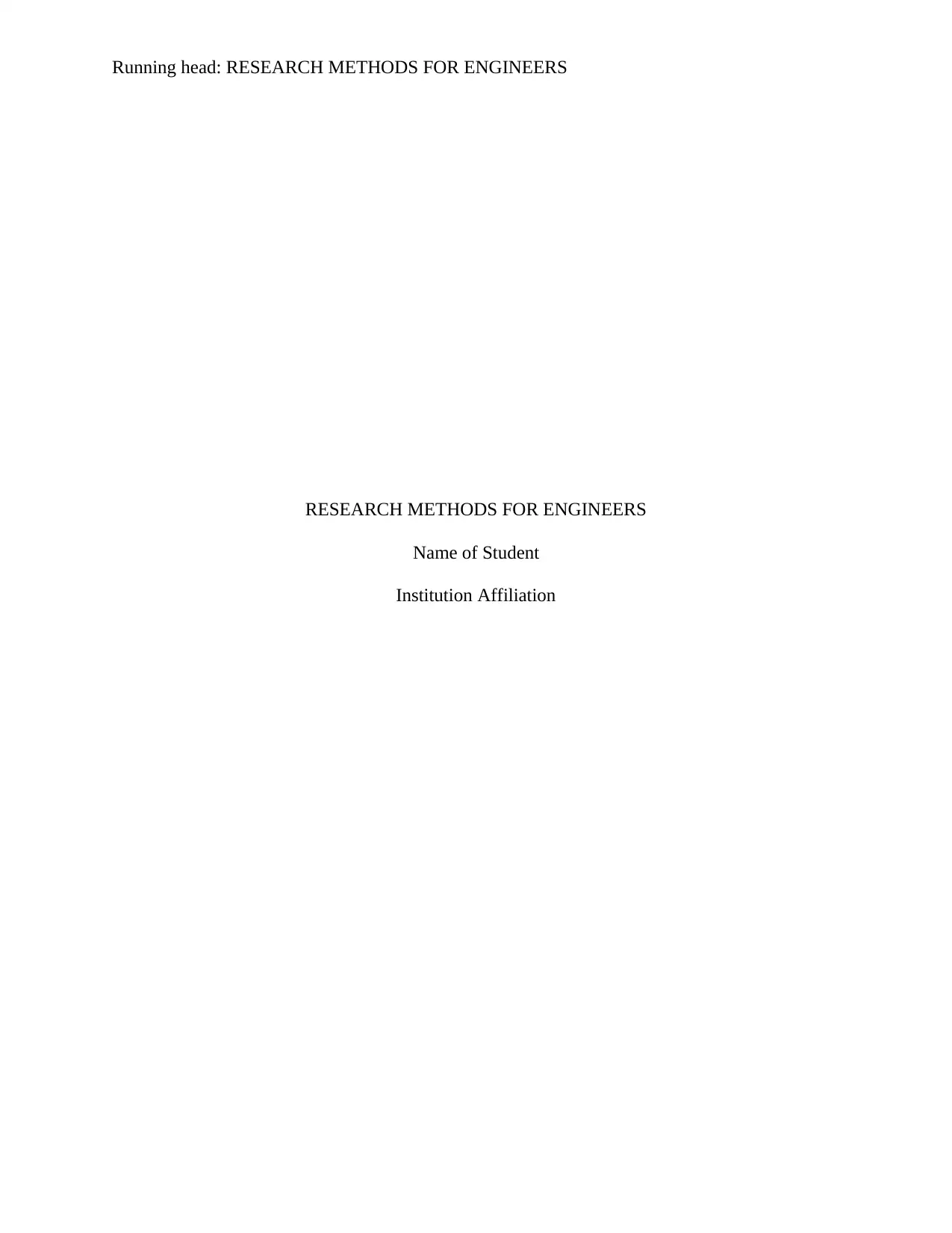
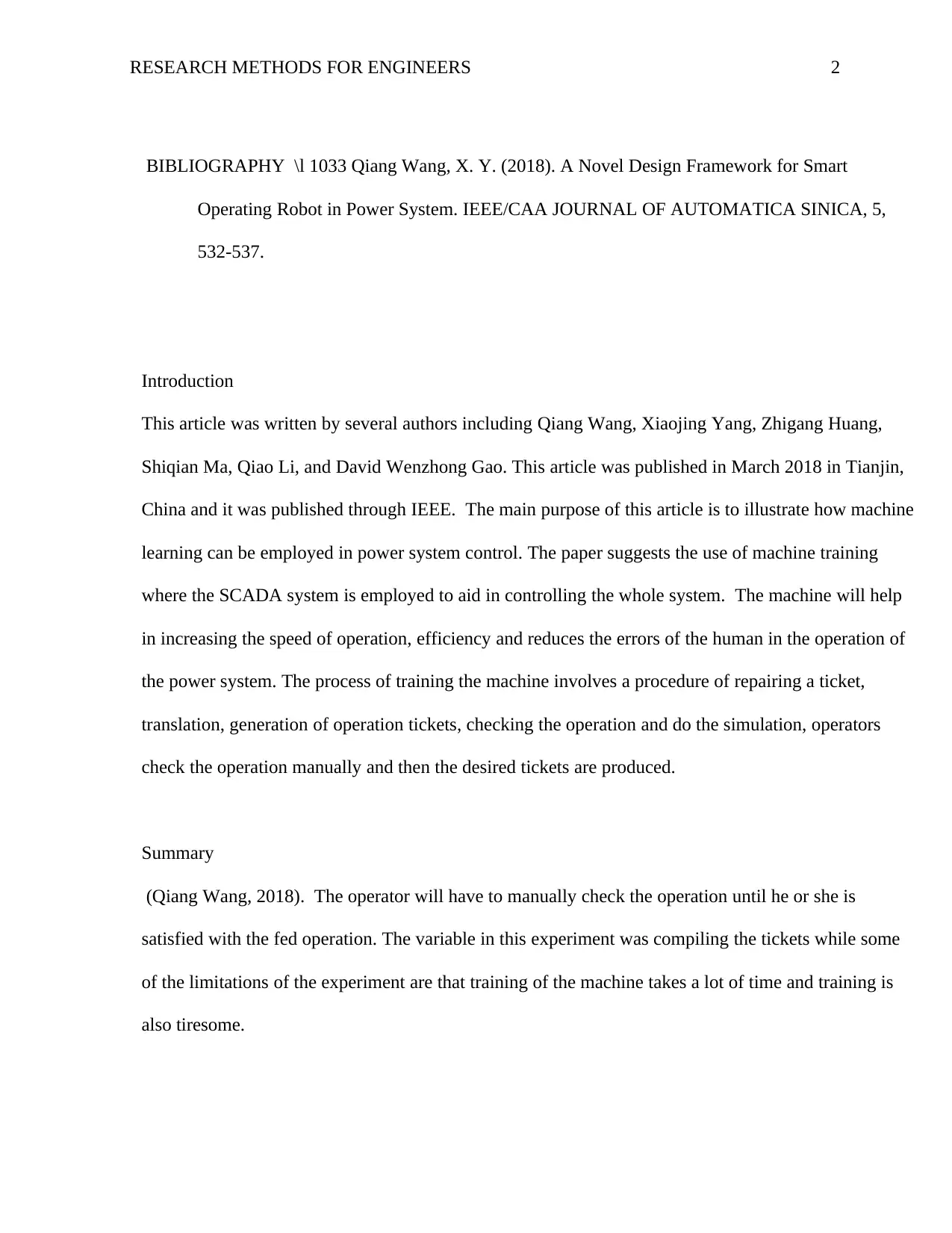
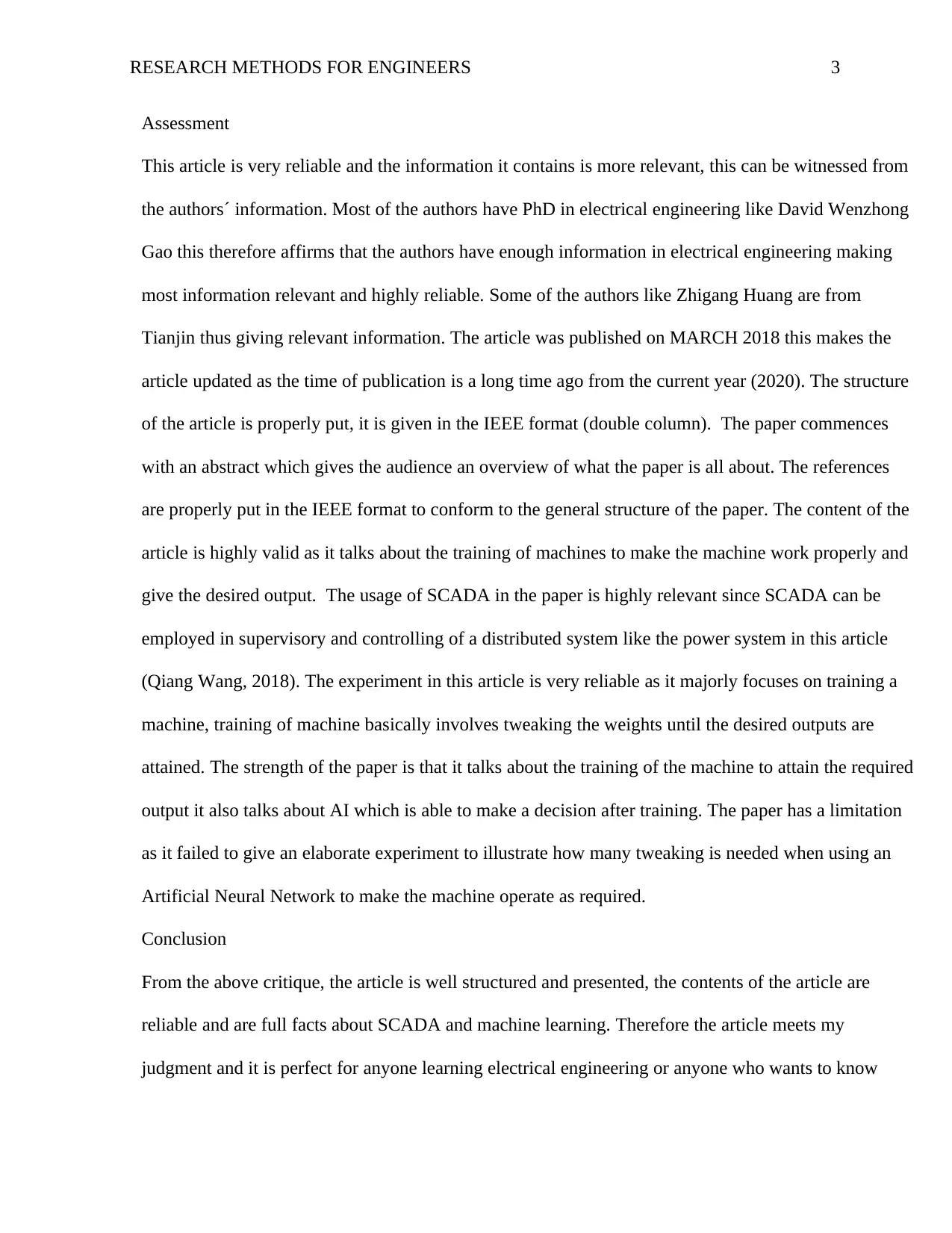

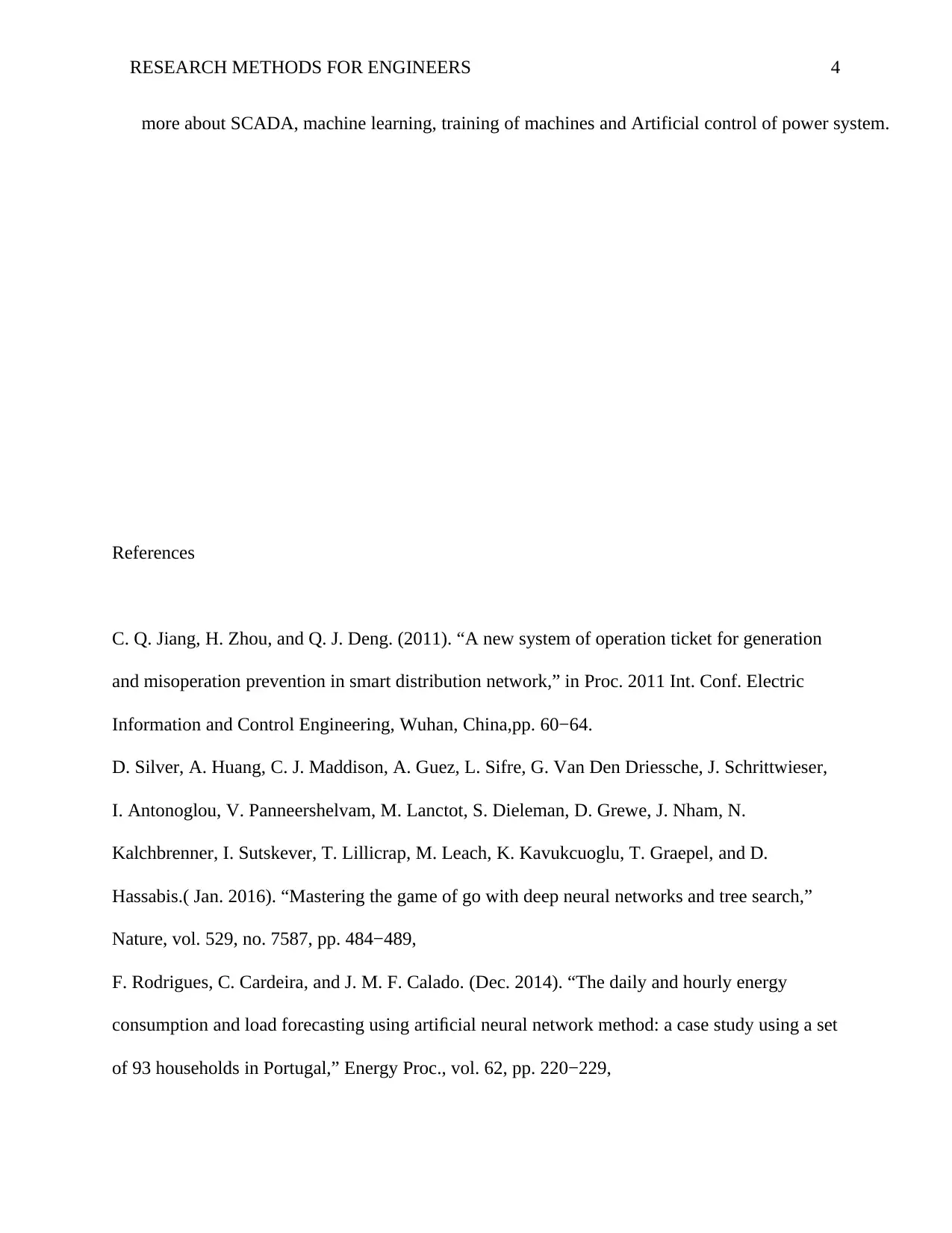
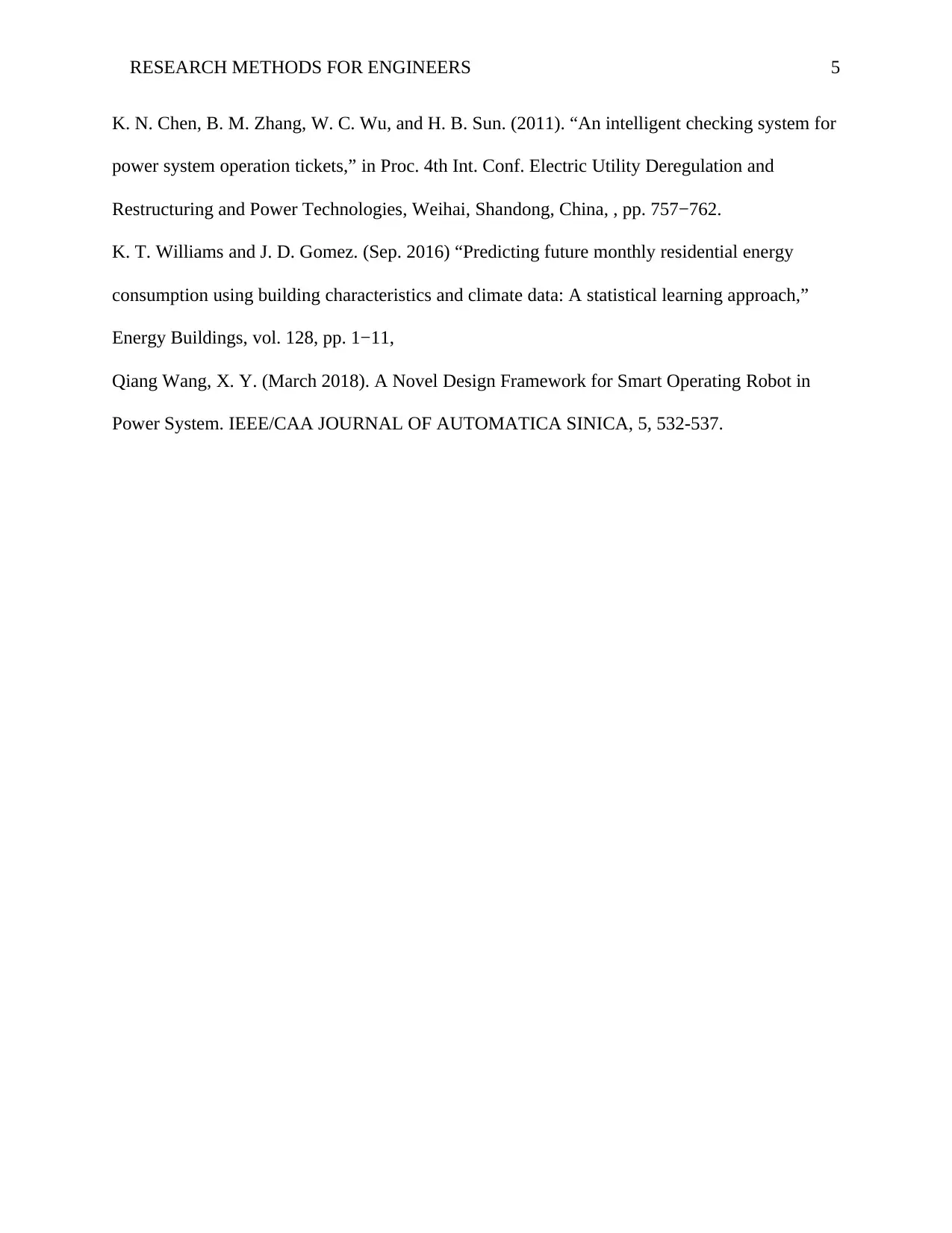

![[object Object]](/_next/static/media/star-bottom.7253800d.svg)